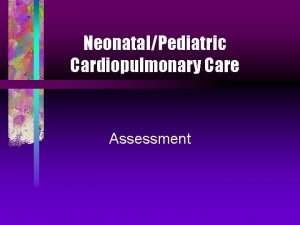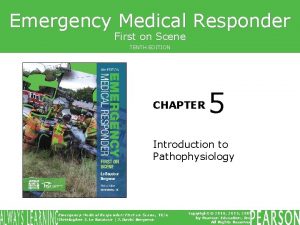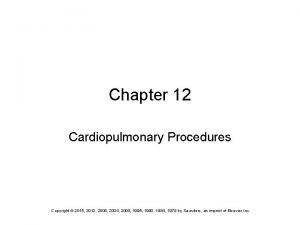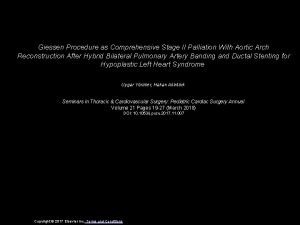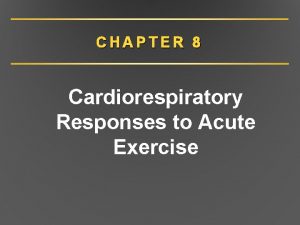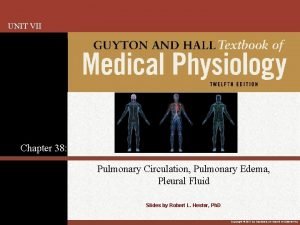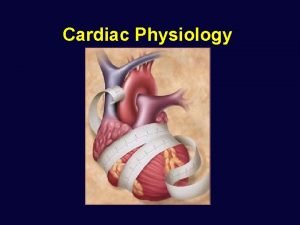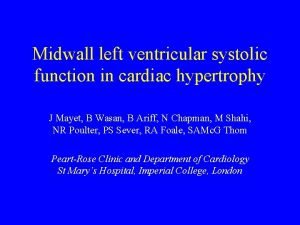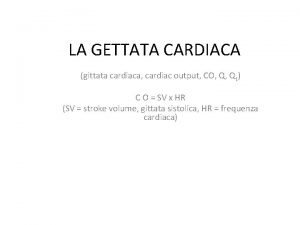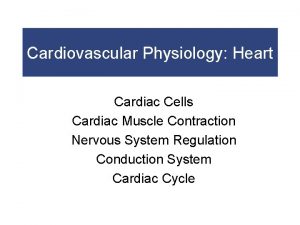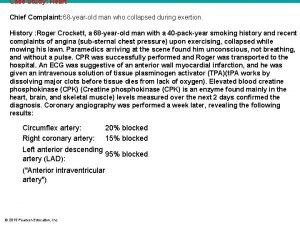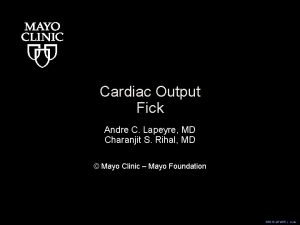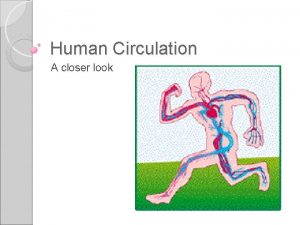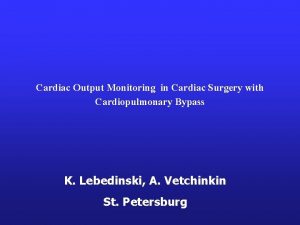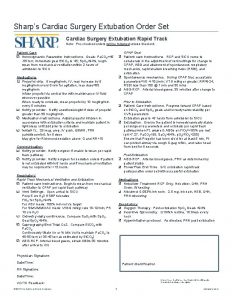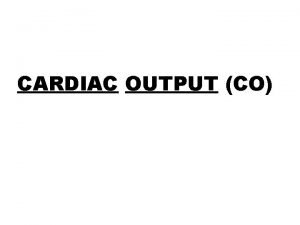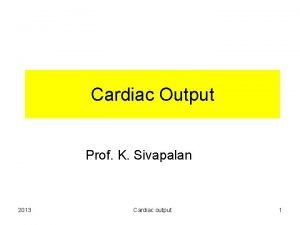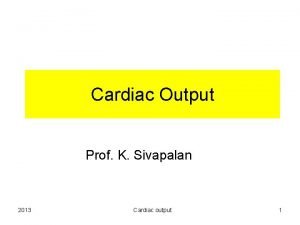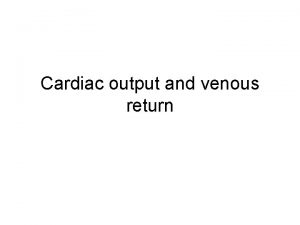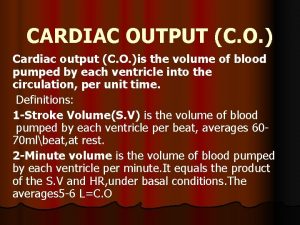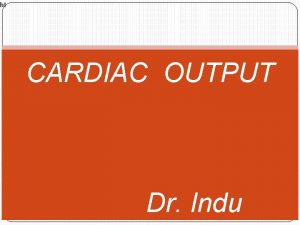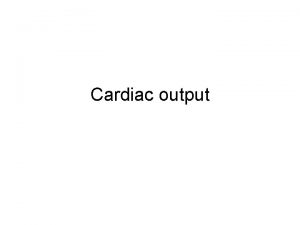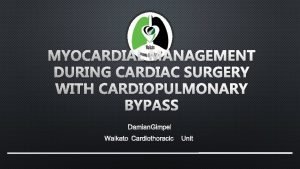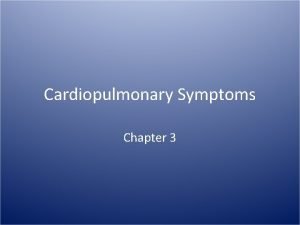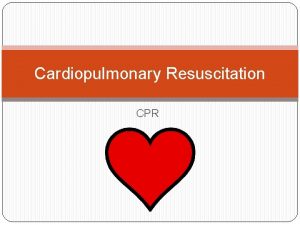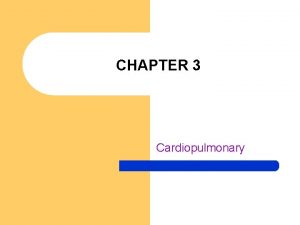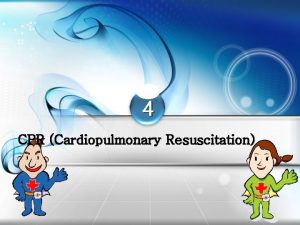Cardiac Output Monitoring in Cardiac Surgery with Cardiopulmonary

















- Slides: 17

Cardiac Output Monitoring in Cardiac Surgery with Cardiopulmonary Bypass K. Lebedinski, A. Vetchinkin St. Petersburg

Circulatory Failure After Cardiac Surgery With CPB Hypovolemia Vasoplegia: • Rewarming • SIRS after CPB • Drug or blood reaction Primary Low Cardiac Output: • Ventricular dysfunction • Surgical problems

Circulatory Failure: Diagnosis Cardiac Vascular Output? Tone? Preload?

The Sources of Principal Hemodynamic Variables CO: measurement SVR: calculation Preload: measurement

Clinical group: 32 ASA III-IV male patients, aged 40 -75 Surgery: Elective CABG and/or valve replacement with CPB Methods: CO estimation by 6 different methods, in all 913 pair data

S/5 General Electric, USA Method: Conventional (pulmonary artery) thermodilution, N=246

NICO 2 Novametrix, USA Method: Partial CO 2 -rebreathing based on differential form of Fick equation, N=473

Pi. CCO Pulsion, Germany Method: transpulmonary thermodilution followed by continuous pulse wave contour analysis, N=416

Diamant-M Russia Method: Impedance Cardiography with on-line Computer Analysis (Bioimpedance Monitoring), N=428

Sonoline G 60 S Siemens, Germany Method: Transesophageal echocardiography (TEE), N=113

Method: Adolf Fick principle (1870), N=150

Correlation Between Methods: Before CPB • The best: CTD, TPTD, CO 2 and IC • The worst: Fick and TEE

Correlation Between Methods: After CPB • Correlations between CTD, TPTD and CO 2 remained stable

Correlation Between Methods: After CPB • IC became inaccurate!

Correlation Between Methods: After CPB • What about Fick and TEE? Small amount of data - ? . . .

Conclusions: • The most relevant cardiac output monitoring methods in cardiac surgery with cardiopulmonary bypass are conventional and transpulmonary thermodilution and CO 2 partial rebreathing. • Impedance cardiography, acceptable in non. CPB cases, became inaccurate after the bypass. • Transesophageal Echo. CG and Fick method demonstrate poor accuracy in clinical settings.

Thank you for the attention!
 Megalocardia word breakdown
Megalocardia word breakdown Cardiopulmonary
Cardiopulmonary Overview of the major systemic arteries
Overview of the major systemic arteries Cardiopulmonary
Cardiopulmonary 17.10 providing first aid for specific injuries
17.10 providing first aid for specific injuries Chapter 12 cardiopulmonary procedures
Chapter 12 cardiopulmonary procedures Ebevlet
Ebevlet Cardiac output trained vs untrained
Cardiac output trained vs untrained Fick principle cardiac output
Fick principle cardiac output Heart physiology
Heart physiology Cardiac output
Cardiac output Gittata cardiaca
Gittata cardiaca Cardiac output
Cardiac output Hypercalcemia ecg
Hypercalcemia ecg Cardiac output stroke volume
Cardiac output stroke volume Stroke volume
Stroke volume Andre lapeyre
Andre lapeyre Cardiac output
Cardiac output

